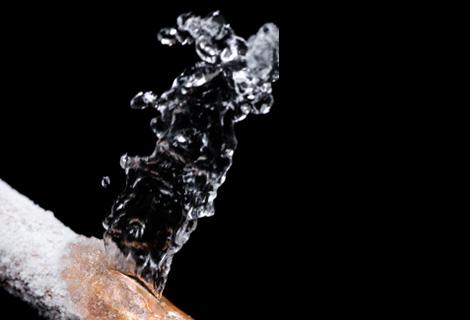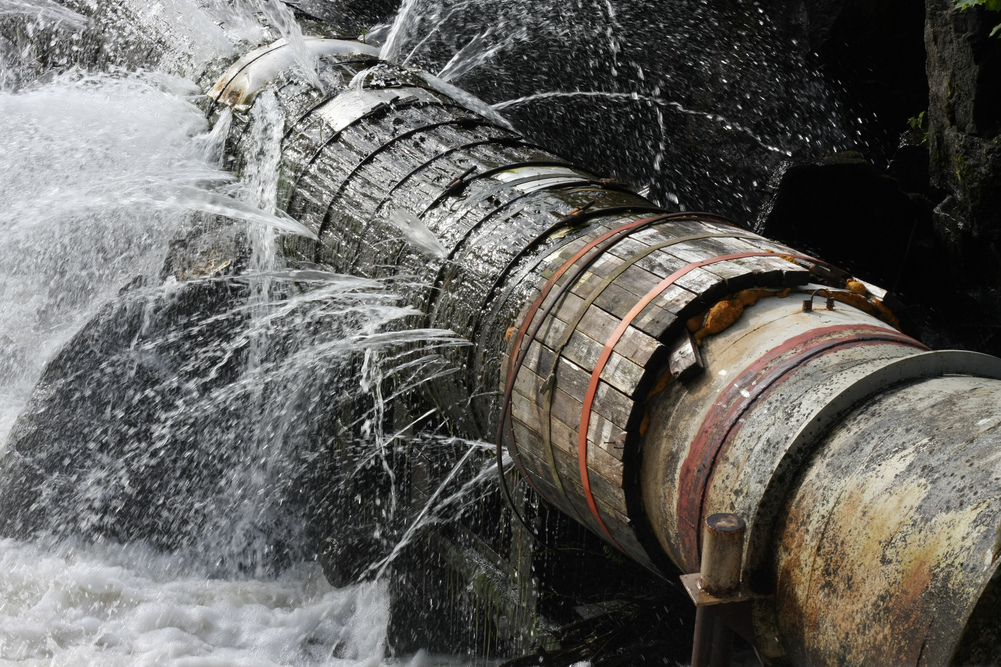Quick-Response Plumbing: Tips for Identifying and also Repairing Burst Pipes
Quick-Response Plumbing: Tips for Identifying and also Repairing Burst Pipes
Blog Article
Were you on the lookout for help concerning How to Install and Connect a New Dishwasher?

A ruptured pipe is a major emergency; you can just stand as you view water you pay dearly to rejoin with the earth. In worse instances, you discover a pool on your cooking area floor, which is a terrific trip danger, especially if you have youngsters around. If the pipe that burst remained in your walls, trouble: you may require to repaint that whole area.
Exactly how can a calamity like a ruptured pipe be prevented as well as handled? Well, by listening to your specialist emergency plumbings and adhering to these rules.
Just how do I know when my pipelines have burst?
Rising and fall water pressures
Pipelines do not just burst in a day. You might have discovered that your cooking area tap or shower does not run instantly when you turn the tap. It may stop for a few secs and after that blast you with more pressure than typical.
In various other instances, the water might seem regular initially, then decrease in pressure after a couple of seconds.
Damp walls and also water stains
Prior to a pipe ruptureds, it will leakage, many times. If this consistent leaking goes undetected, the leak might graduate right into a large gouge in your pipeline. One easy means to avoid this emergency is to keep an eye out for wet wall surfaces ad water spots. These water discolorations will lead you right to the leakage.
Puddles under pipes and also sinks
When a pipe ruptureds, the discharge develops a pool. It may show up that the pool is expanding in size, and also no matter the number of times you wipe the puddle, in a couple of minutes, there's one more one waiting to be cleansed. Frequently, you might not be able to trace the puddle to any kind of noticeable pipes. This is a sign to call an expert plumber.
Untraceable trickling noises
Pipe bursts can occur in one of the most undesirable places, like within concrete, inside walls, or under sinks. When the house goes silent, you may have the ability to listen to an aggravatingly persistent leaking noise. Also after you have actually examined your shower head and kitchen tap, the leaking might proceed.
Beloved viewers, the dripping may be coming from a pipe inside your walls. There isn't much you can do regarding that, other than inform a specialist plumber.
Shut down the Water
When water ices up, it expands in volume by about 9 percent. And it expands with remarkable force: The pressure inside pipes might go from 40 extra pounds per square inch to 40,000 psi! No pipeline can hold that much stress, so it bursts. The break might occur where the ice forms, but more often, it occurs where water pressure finds a weak spot in the pipe. That may be inches or even feet from the frozen area. Find the water shutoff valve and turn off the water to stop even more damages. You could additionally require to turn off the electrical energy also, depending upon where the leaks happens as well as how big it is.
Contaminated water
Lots of people presume a ruptured pipeline is a one-way electrical outlet. Rather the contrary. As water drains of the hole or tear in your plumbing system, impurities locate their method.
Your water might be polluted from the resource, so if you can, inspect if your water storage tank has any type of issues. Nevertheless, if your drinking water is supplied and purified by the city government, you should call your plumber immediately if you see or smell anything amusing in your water.
What do I do when I detect a ruptured pipeline?
Your water meter will certainly continue to run even while your water wastes. To minimize your losses, locate the primary controls as well as turn the supply off. The water mains are an above-ground structure beside your building.
How to Fix & Detect a Leaking Pipe
How Do I Know if a Pipe is Leaking?
Leak detection tests can help you determine if your pipe has a leak. Even if you don’t see an apparent leak, you should still conduct leak detection tests regularly to save water and money—and prevent major damage to your home.
Water meter. It can be helpful to figure out what your usual water meter usage numbers are and then monitor them regularly. To monitor your meter, first, turn off all water faucets in your home. Check the meter and write down the numbers. In a few hours, check the meter again. If the numbers have changed, you have a leak. Water gauge. Use a water gauge to test your water pressure. Your showerhead should produce a certain amount of water pressure based on its model and design. If the pressure is lower than it is supposed to be for that specific showerhead, your home likely has a leak. Puddles. Look inside your bathroom, laundry, and kitchen sink cabinets. Puddles around the cabinets or around toilets, tubs, showers, and washing machines indicate the presence of a leaking pipe. You may also notice loose tiles, peeling or flaking paint, or mold caused by water accumulation. Napkin test. Even if you don’t see any puddles, you may still have a leak. You can test for water leaks in the bathroom, laundry, and kitchen by wiping below-sink connections with a napkin, paper towel, or piece of toilet paper. If it becomes damp, you probably have a leaking pipe under the sink. Discolored walls. Walls that are discolored—usually with brown or yellow stains—or bulging might mean that they have been impacted by water damage caused by a leaking pipe. Smell. A leaky pipe will create sitting water, and over time, that water may develop a musty smell. If your home smells musty, but you can’t locate the source, it may be due to a leak. Steps for Fixing a Leaking Pipe
A leaky drain can be remedied by tightening the pipe base, replacing the drain seal, caulking the rim, and tightening the pipe nut. Similarly, a leaking toilet pipe can be treated by tightening the packing nut. You may also need to replace the valve. A leaky faucet may just need tightening or replacement of the washers. If that doesn’t work, consider replacing your faucet. If your pipe has a hole in it, you may want to use a pipe leak sealer or pipe leak tape. This quick fix for water pipe leaks can also temporarily fix a copper pipe leak. https://www.ahs.com/home-matters/quick-tips/how-to-tell-if-pipes-are-leaking/

As an enthusiastic reader on How to Install and Connect a New Dishwasher, I imagined sharing that post was sensible. Don't hesitate to take the opportunity to distribute this blog posting if you enjoyed reading it. I thank you for reading our article about How to Install and Connect a New Dishwasher.
Visit My Site
Report this page